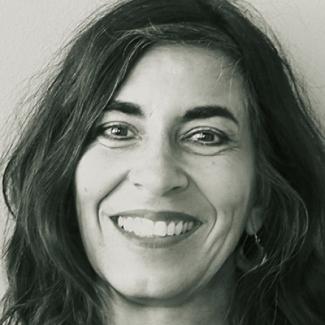Argentina
How children disappeared
By Sheila Mysorekar
Among them were young students and even children. Babies were kidnapped with their parents, and others were born in secret detention centres where pregnant women were taken after being arrested. There was a policy to keep these women alive until after delivery. Once the babies were born, the mothers were killed, and their babies were given to families associated with the police or the military. The regime considered its opponents a misled intellectual elite, and was eager to raise children it believed to be genetically valuable.
The children concerned grew up without knowing that they had been adopted, becoming family of those who were complicit in the murder of their parents. Children who thus “disappeared” were deprived of their identity, their religion and their right to live with their family.
Of course, the families of the pregnant prisoners tried to get hold of the babies, but mostly unsuccessfully. Some grandmothers decided to unite and formed the non-governmental organisation called Abuelas de Plaza de Mayo (Grandmothers of the Plaza de Mayo) in 1977. The organisation estimates that 500 children were abducted this way, and perhaps even more.
In many cases, relatives did not press charges, out of fear or ignorance. The Abuelas argue that kidnapping was a method of political repression and demand the restitution of all grandchildren. To find stolen children, they investigated court files for adoptions and checked birth registers.
In 1997, they launched a campaign inviting young people with doubts about their identity to contact them. This campaign is still going on, and it is quite successful. Many children intuitively knew that there was something sinister about their life’s story.
The Abuelas continually put ads in newspapers, appealing to people who may be aware of information relating to the kidnappings, but who keep silent either due to complicity or fear. For the grandmothers, it is vital to show that their grandchildren have not been forgotten, that they have the right to understand their roots and their history, and that they have relatives who are still searching for them.
The identities of many disappeared children were completely concealed. In such cases, science can help prove that they are members of a particular family. The Grandmothers are supported by scientists in the field of genetics, hematology and morphology.
Up to this day, 106 of the disappeared children have been found. Some of them live with their legitimate families today. Others still live with the families that raised them, but are in close contact with their real grandmothers and relatives. Sadly, some children who were identified denied to have blood tests taken under pressure from the adoptive parents. (my)








